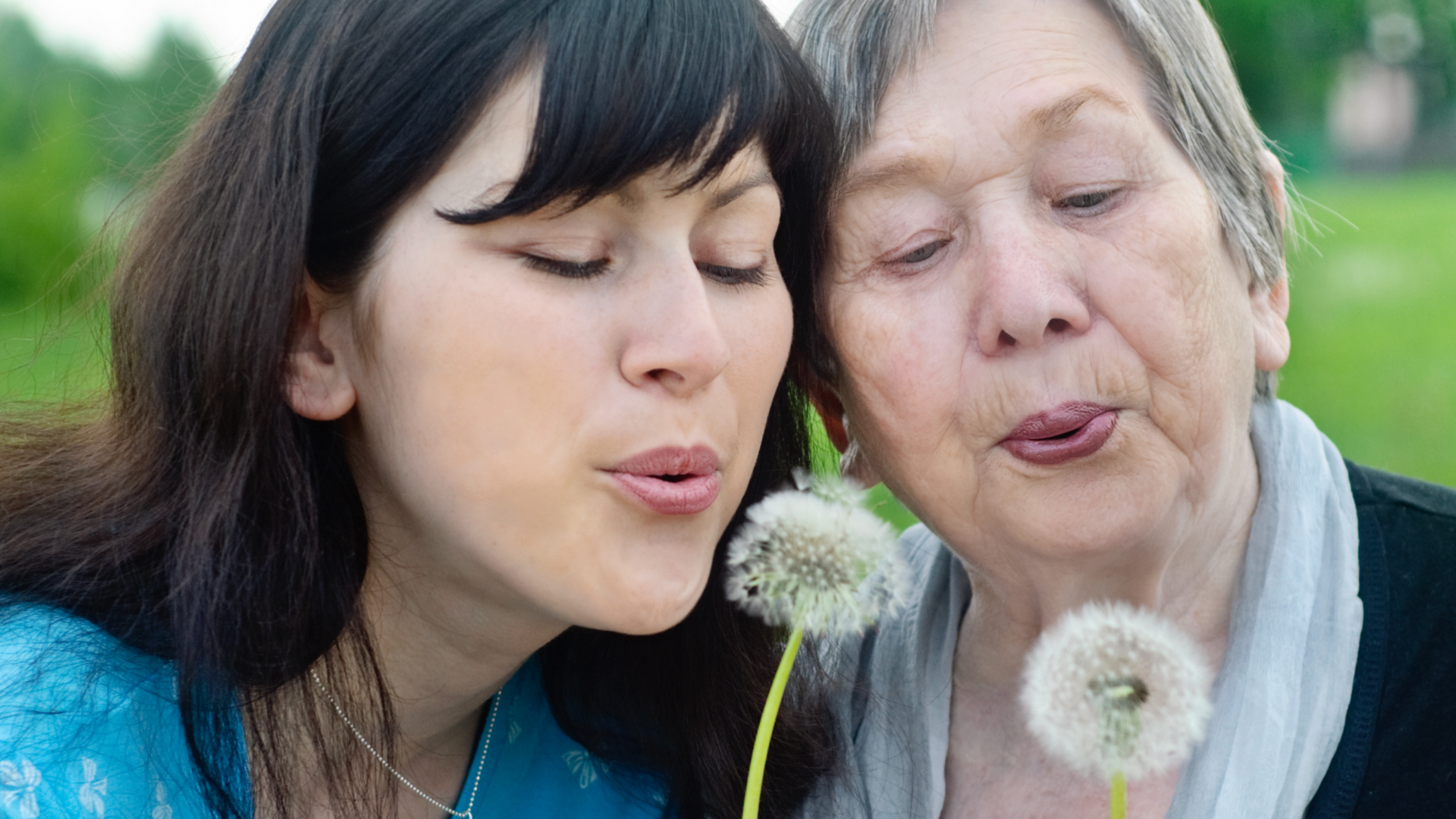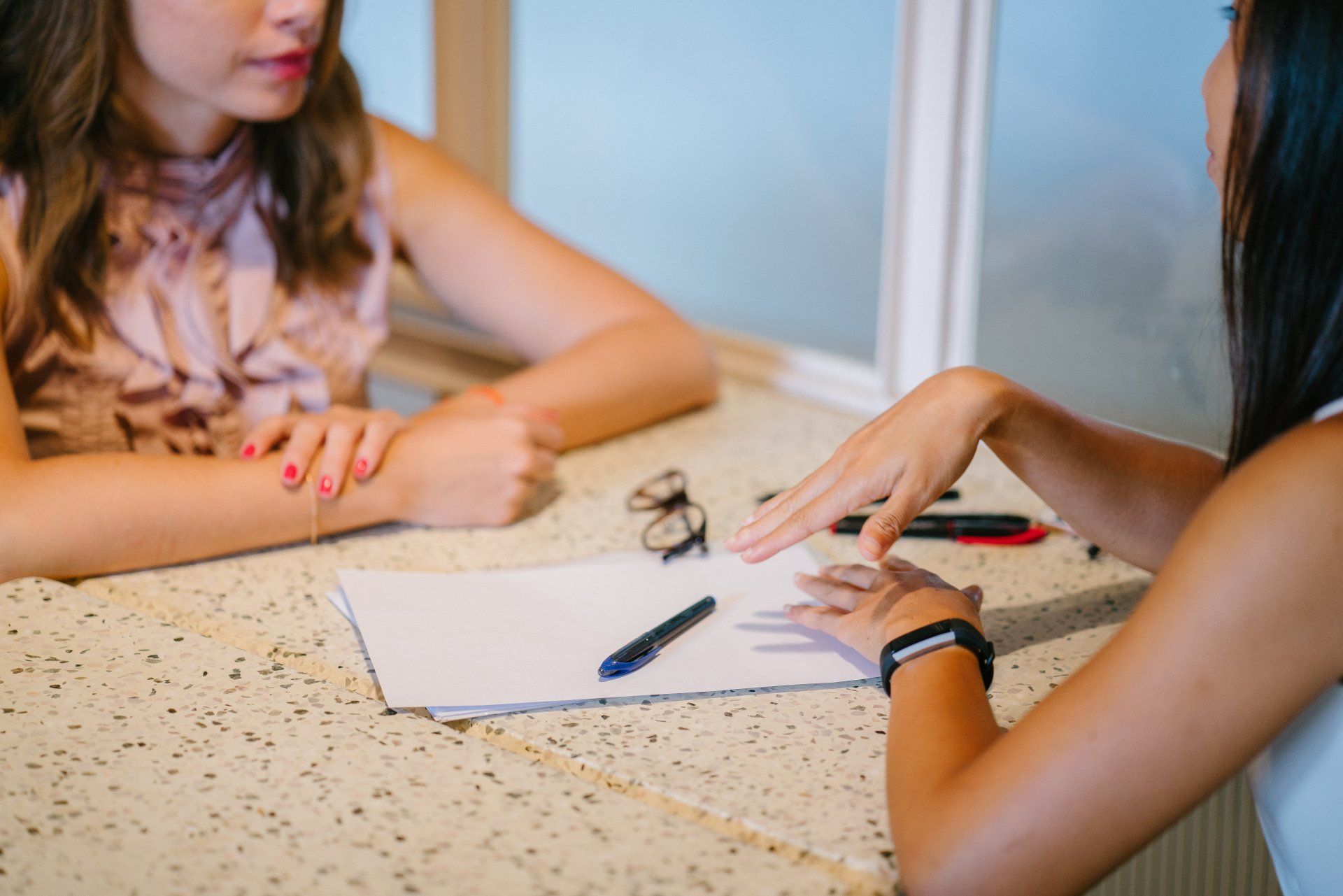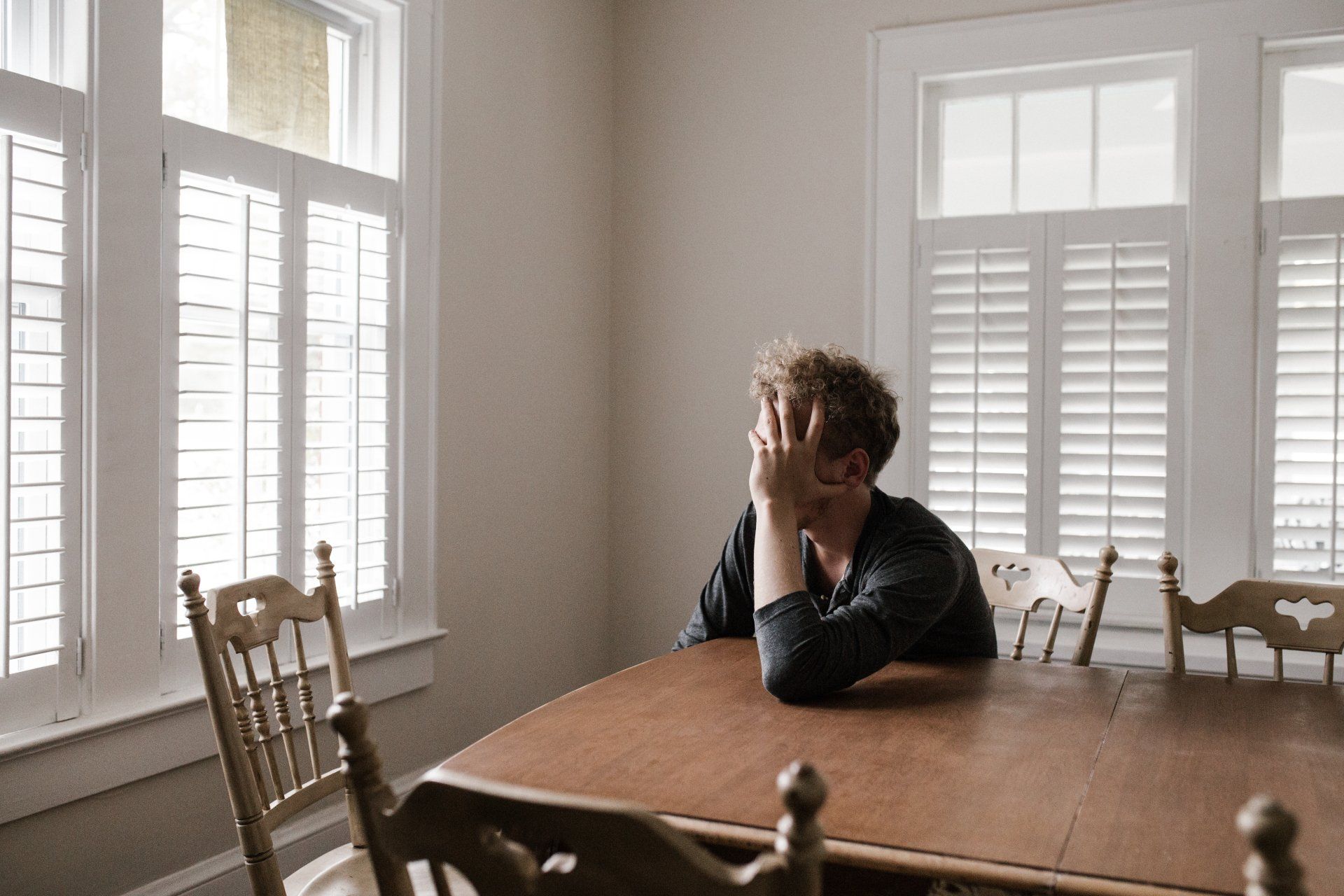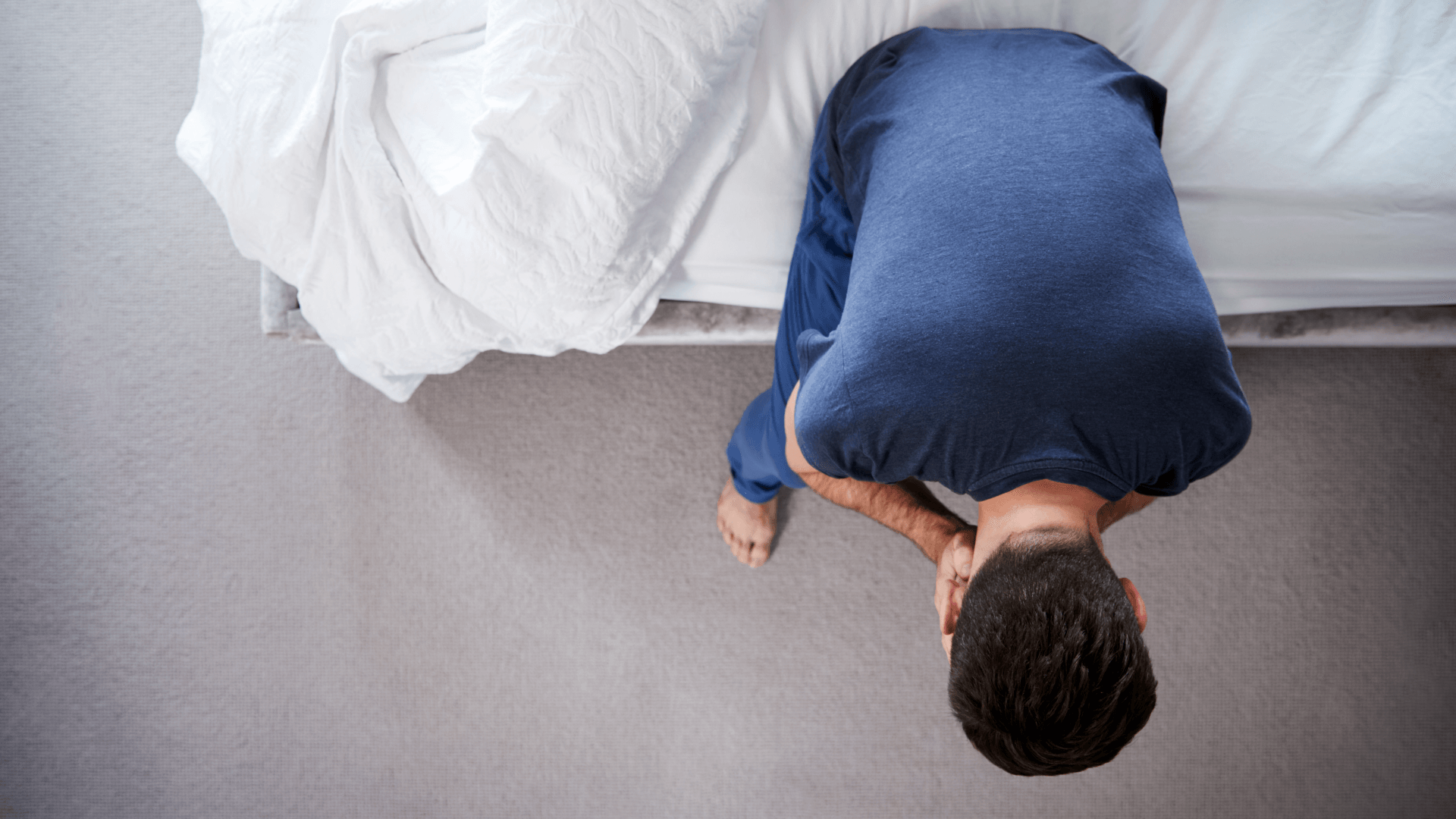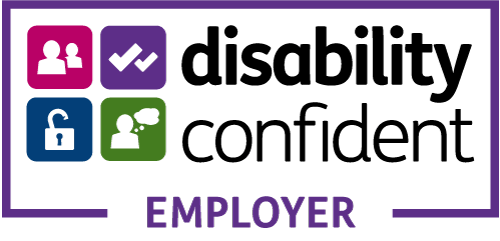Exercise and mental health
As the weather gets chillier, it’s still important to keep active even though the days are shorter!
Physical exercise: what exactly is it and why do we need it?
Being active doesn’t necessarily mean having to go to the gym, or playing a sport; there are so many ways of doing physical activity, so find the one that works for you! But first, let’s break it all down. What is physical activity? How does it help and how much should you be doing?
Physical activity is any movement of your body that uses your muscles and energy. Generally, the average adult should do between 75 and 150 minutes of exercise a week, which is up to 2 and a half hours. This can be moderate intensity exercise, like walking, riding a bike, or gently swimming, or you can increase the intensity to more vigorous activities like running, or cardio workouts. There are four main categories: daily physical activity, purposeful exercise, play, and sport. Daily physical exercise like walking to work, carrying bags or climbing stairs counts toward the 150 minutes of exercise goal. Exercise can also be a purposeful activity done to improve health or fitness such as jogging or cycling; whereas play is unstructured physical activity that is done purely for fun or enjoyment. The final type, sport, is a structured activity that can include all sorts of games such as football, squash, netball, cricket, or swimming. This is a fun and interactive way of exercising that doesn’t always feel like exercise and can vary in intensity. Making exercise fun, rather than something you feel that you have to do can be a positive motivator to keep going and keep moving.
How does it help?
Physical activity can also play a role in our wellbeing, which refers to our mental state. While wellbeing and physical exercise don’t have many direct links with each other, the two work closer together than one may think.
Physical activity can have a large impact on our mood. A study by Kanning and Schlicht in 2010 found that when participants rated their mood immediately after physical activity such as going on a walk or doing housework, they felt calmer, more content and awake compared to those who rated their mood after inactivity such as reading a book or watching television. They also found that when mood was initially low prior to doing physical activity, the effect on mood was greatest.
Exercise can also impact and increase self-esteem, which is how we feel about ourselves and our perception of our self-worth. If our self-esteem is down, it can affect not only our mental wellbeing but our ability to cope with stressful situations as well. This relationship between mental health and physical exercise has been found in all age groups, regardless of age.
Impact on stress is also popular; when we experience stressful events, our body’s stress response retaliates and hormones, adrenaline and noradrenaline raise our blood pressure, increase our heart rate and prepare our body for an emergency response. By increasing your heartrate, you can provide your body with stress relief by imitating the effects of stress and helping your body practice working through those effects. Exercise can also help you work through the daily tensions of your life, it’s been suggested that by focusing on your body’s movements you may find it easier to concentrate on a single task after exercise.
How much physical activity should you be doing?
As mentioned earlier, the average amount of exercise an adult should be doing a week is between 75-150 minutes. However, in 2015 only around 65.5% of men and 54% of women were actually meeting the recommended physical activity levels (Health and Social Care Information Centre, 2015). These statistics can have implications for mental health as well as physical health as we know that there is a link between mental wellbeing and physical activity. However, there are some things to consider before you get started. For instance, if you’re taking regular medication, some prescriptions can have effects on your heart rate or fluid levels depending on the active ingredients. If you’re recovering from an eating disorder, some people may use exercise as a positive part of recovery, while others may find that they are over-exercising. Finally, because exercising usually increases your heart rate and you get breathless, many people feel similarly to how they do when they have a panic attack, and it can be very distressing. With these factors in mind, we suggest that you talk with your GP before starting to get active and make sure that it’s the right choice for you. Low intensity exercises are also an option such as yoga or water aerobics – it’s still physical activity just without increasing your heart rate.
Want to know where to start?
Overcoming barriers
It can be very scary making big changes to your life and lifestyle, and some common barriers people encounter are cost, injury, lack of energy, fear of failure and even the weather can stop people from keeping pushing on, or getting started. Body image can also act as a barrier for participating in physical activity, people who are anxious about how their body will look or how they will look (I know I put off starting going to a gym for a while until I went with a friend because I didn’t want to look like I didn’t know what I was doing). For women, attending a female-only exercise room can really help, or going at a quiet time to figure it out at your own pace without worrying about others.
Exercising with a friend can also help reduce anxiety about how your body looks, and can help relax your mind. The environment can also play a major role; gyms with mirrors can heighten anxiety, as with windows or space where you might feel ‘on show’.
Making time for physical activity is important, as well as being practical – you may have to rejig your schedule around to fit in the time, or you may find external support from friends and family helps. In addition, think about what kind of activity would suit you best, think about if you’d like to exercise at home, or a different environment. You could also consider if there’s a specific part of your body you want to exercise more than others, or if you want to strengthen your whole body. Once you’ve narrowed down what you plan to do, it’s time to make it part of your daily life. It doesn’t have to be huge drastic changes, it can just be parking your car at the end of the car park and walking a little further into work, or walking up the flight of stairs instead of the lift. Starting slowly can allow you to gradually build up your ability and focus on goals such as stamina. Many free apps are available like Apple’s Health app or Google Fit to help you keep progress of your activity and allow you to go back and see where you started. It’s also incredibly important to set yourself goals to measure progress, as well as motivate you. Working toward a set goal is a great way to motivate yourself by setting a distance or time you want to be able to exercise for.
Taking the first step can be tricky, but making small changes to include more physical activity in your day-to-day life can help boost your mood and help reduce stress.
Here are some extra resources available for starting and keeping up with physical activity
NHS: The NHS Choices website has advice available to those interested in more information about how to start with exercise such strength and flexibility videos, advice for taking up new sports and exercises for older people. The website is here: https://www.nhs.uk/live-well/
The Great Outdoor Gym Company: outdoor gyms where some gym equipment is provided in outdoor spaces for people to use free of charge: www.tgogc.org
